The best and worst vintage racing movies of the 20th century
Back when car enthusiasts’ attention was focused on Ford v Ferrari, rather than a microscopic nasty made of lipids and RNA, I started to do a deep dive into racing movies. That investigation led me down a rabbit hole that tunneled back into the silent film era. With so many people holed up in their homes due to the COVID-19 pandemic, this seems like a good time to present the results of my research. Here’s a trove of the best, the worst, and the most innovative racing movies from the 20th century, plus some tidbits of history that I hope you’ll find fascinating.
Many of the older movies are available to view in their entirety for free on YouTube or other video hosting sites. More recent films can be purchased or rented to stream for just a few dollars; if you want a hard copy, Amazon is still delivering DVDs.
Movies about car racing are almost as old as the motion picture industry itself. The earliest that I’ve dug up is Barney Oldfield’s Race for a Life from 1913. It’s a comedy directed by Mack Sennett and starring Mabel Normand. Playing himself, America’s original speed king, Barney Oldfield, races a train in his roadster to save Normand’s character, who is chained to the railroad tracks.
It’s easy to understand why the film industry embraced the subject of racing. To begin with, movies are motion pictures, and car racing involves plenty of motion, not just the on-track competition. There are pits stops, garage scenes, and testing. Of course, stories also need human interest, and racing provides opportunities for compelling portrayals of the human condition. Drivers test their own limits as well as those of their competitors. There’s true life-or-death danger on the track, which often triggers the concern of a driver’s family and friends. The high-stakes circumstances set the stage for failure and redemption, tragedy and joy, along with age-old themes of hubris, retribution, and a hero’s journey—and that’s not even including love interests and rivalries.
At this point I should probably remind you of novelist L.P. Hartley’s warning: “The past is a foreign country; they do things differently there.” Though the appeal of racing is timeless, the portrayals of ethnicities and gender roles in some of these early films veer into insensitive territory. Stereotypes of Asians, African-Americans, and Jews are often exploited for comedic purposes, and the dynamic between some couples may provoke a wince from modern viewers. Thankfully, no grapefruits get smashed in anybody’s face—ala James Cagney and Mae Clark—but things can get a little rough before resolution and embrace.
There are many recurring themes and tropes in racing movies, as one would expect in any film genre (westerns, detective movies, and others). The hero doesn’t always win the big race or get the girl, but that’s usually how it happens. A good percentage of vintage racing films are, at best, potboilers or B movies, but a handful received critical acclaim for drama, acting, cinematography, and technical achievements. A few were even hits with the public.
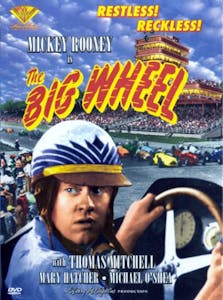
Fortunately, even the least-artistic films still have something to catch a car enthusiast’s eye. There are period racing cars, most of them authentic—like the Kurtis Kraft midgets in The Big Wheel, a 1949 movie starring Mickey Rooney. Besides the historic cars, some of the best racers in history have been credited as technical advisers and characters. Many of the films used either stock newsreel footage of races or had film crews of their own on hand to shoot actual competition. The producers of the (mostly) silent film Speedway, released in 1929, had 14 cameras and an on-track camera truck recording the Indy 500 that year. When three-time Indy winner Mauri Rose’s car caught fire in the pits in the 1950 Indy 500, the makers of To Please A Lady (starring Clark Gable and Barbara Stanwyk), who had a crew of 70 shooting that year’s race, captured footage of the fire that they used in the film.
How accurate did these films manage to be, when it came to realistically presenting on-track action? In my mind, racing films can be separated chronologically—either before or after John Frankenheimer’s 1966 film Grand Prix, which starred James Garner. It was Frankenheimer who first brought genuine realism to racing films by using race cars as camera dollies and filming at speed. For context, 1969’s Winning, which put Paul Newman on the road to national SCCA championships, and Le Mans, Steve McQueen’s 1971 attempt to blend his two passions, followed in the steps of Frankenheimer’s innovations.
Before Grand Prix, directors used camera trucks, car-mounted rigs, and special effects like rear projection. Frankenheimer’s film represented a quantum leap forward in terms of visual accuracy. Every racing movie made since Grand Prix, including Ford v Ferrari and Ron Howard’s Rush (which also uses a lot of CGI), owes some of its look to John Frankenheimer.
Before 1966, Henry Hathaway’s The Racers (1955), starring Kirk Douglas, help set the standard for racing realism. Douglas’ character is a Formula 1 racer who puts winning above everything else. 1961 F1 World Champion Phil Hill and John Fitch, who was famous for racing Corvettes at Le Mans, were technical advisers on the film, and Hathaway’s use of rear projection, which included overhead views, improved significantly on previous directors’ techniques. The earliest use of rear projection to simulate racing that I could find was in The Crowd Roars (1932), directed by Howard Hawks and starring James Cagney. 1934’s High Gear seems to have introduced car-mounted cameras, but the results were nowhere near as sophisticated as what John Frankenheimer would accomplish three decades later.
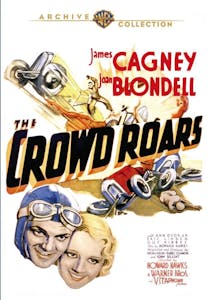
Car guys and gals probably know director Claude Lelouch because of his short film Rendezvous, ostensibly an early morning dash through Paris streets in a Ferrari. However, his 1966 feature film, Un Homme et Une Femme (A Man and A Woman), won an Oscar, boasted a hit soundtrack, and is considered one of the better examples of the cinema verite school of movie making. From the title, you might not think it has anything to do with motorsports, or even cars at all, but that’s far from the case. The film stars Jean-Louis Trintignant as a widowed race driver alongside Anouk Aimee, whose character has also lost a spouse. Their children are schoolmates. Trintignant woos Aimee in his Mustang coupe while he races at Le Mans and rallies at Monte Carlo (also in a Mustang); Lelouch includes actual footage from those races. I’m no great student of film, but the love scenes in Un Homme et Une Femme struck me as more true to life than those in the 1990 NASCAR racing movie Days Of Thunder. (That’s a bit surprising, considering that Tom Cruise and Nicole Kidman actually met and fell in love on the set of that movie.) Days Of Thunder is entertaining, no doubt, and Robert Duvall is a treasure—but if you’re picking a movie to watch with your significant other, go with the Lelouch film.
There are some interesting surprises hiding in several vintage racing movies. Tony Curtis starred in Johnny Dark, a 1954 movie about an automotive engineer who designs a radical new car called the Wildfire. Naturally, his employer, a staid maker of sedans, refuses to enter the creation in a Canada-to-Mexico race. With the help of his girlfriend, the CEO’s granddaughter, Curtis’ character steals the car and races it anyways. Automotive history buffs will appreciate that the footage for the opening credits and first scene of the film were shot at the historic Packard Proving Grounds north of Detroit—both on the high-speed, 2.5-mile oval track and on Packard’s off-road “torture track” (film records of the latter are rare). Although the track footage was undoubtedly shot on-location in Michigan’s Shelby Township, the dialogue scenes (which some cringe-inducing talk about a broken “Pittman arm”) tell a different story. It appears that the film crew recreated the Packard Proving Grounds’ distinctive octagonal clapboard timing booth in southern California, where the rest of the movie was filmed; you won’t find any mountains in the background of Shelby Township.
Though most of your family will recognize the title, 1954’s The Fast and the Furious falls 47 years before the nitrous-oxide-filled film. Thanks to jazz trumpet player Chet Baker and his quartet, the 1954 iteration of The Fast and the Furious also strikes a much different tone. It was the first film released by exploitation experts American International Pictures (AIP), the longtime home of schlockmeister Roger Corman, now famous for The Little Shop of Horrors. The original The Fast and the Furious is actually not that bad, particularly if you like film noire. A truck driver, Frank, played by John Ireland, is unjustly imprisoned for murder. He manages to break out of jail and during his escape he kidnaps—out of necessity, of course, because he’s the hero—a young woman named Connie (Dorothy Malone) and drives off in her Jaguar XK-120. Frank’s plan is to sneak across the border into Mexico as part of a Panamerica-type sports car race. I won’t spoil the ending, but you’ll enjoy seeing the Jaguar along with a bunch of other great 1950s sports cars including T-series MGs, an Allard, a Nash-Healey, a Triumph, and even a Nash Ambassador police car.
Hot Rod Girl, a 1956 black and white film released by AIP as part of a double feature with Girls in Prison (which should give you a clue as to its cinematic aspirations), stars Chuck Connors, with a young Frank Gorshin in a supporting role. Connors plays a detective trying to keep kids on the straight and narrow by promoting legal racing at a local drag strip as a safe alternative to street racing. At best the film is mediocre, but the soundtrack features jazz greats Maynard Ferguson, Barney Kessel, and Milt Holland.
Another musical treat is folded into a much better racing movie, 1983’s critically acclaimed Heart Like a Wheel, drag racer Shirley Muldowney’s biopic starring Beau Bridges and Bonnie Bedelia. In the film, a young Muldowney’s father is played by actor/songwriter Hoyt Axton. There’s an early scene at an upstate New York honky tonk, with Axton up on stage. In the credits I noticed that Axton’s guitar player was the great “master of the Telecaster” James Burton, sideman to Elvis Presley, Ricky Nelson, John Denver, and many, many more.
Beau Bridges also had a supporting role in another racing biopic—Greased Lightning, the 1977 Richard Pryor film about Wendell Scott, the driver who broke NASCAR’s color barrier. Though some of the movie’s events seem improbable, my research revealed that most incidents portrayed in the movie actually happened to Scott, though under different circumstances or at different times. Beau Bridges’ brother Jeff also starred in another one of the better racing movies, The Last American Hero. Released in 1973, the film was based on “The Last American Hero Is Junior Johnson. Yes!” a 1965 essay written for Esquire magazine by Tom Wolfe. This movie is fictionalized, so say the least. How badly? Bridges’ character is named Junior Jackson, even though Robert Glenn Johnson, Jr, aka “Junior” Johnson, was a technical adviser to Lamont Johnson, the film’s director.
Those are just a fraction of the racing movies made over the last century or so. If you have a favorite racing movie, let us know about it in the comments below.
For a more complete list of racing movies, the Belk Library of Appalachian State University, in Boone, North Carolina has compiled a general guide to the topic. While the list appears to have originally been based on the library’s Stock Car Racing Collection, it has movies based on all sorts of automotive racing, not just NASCAR.
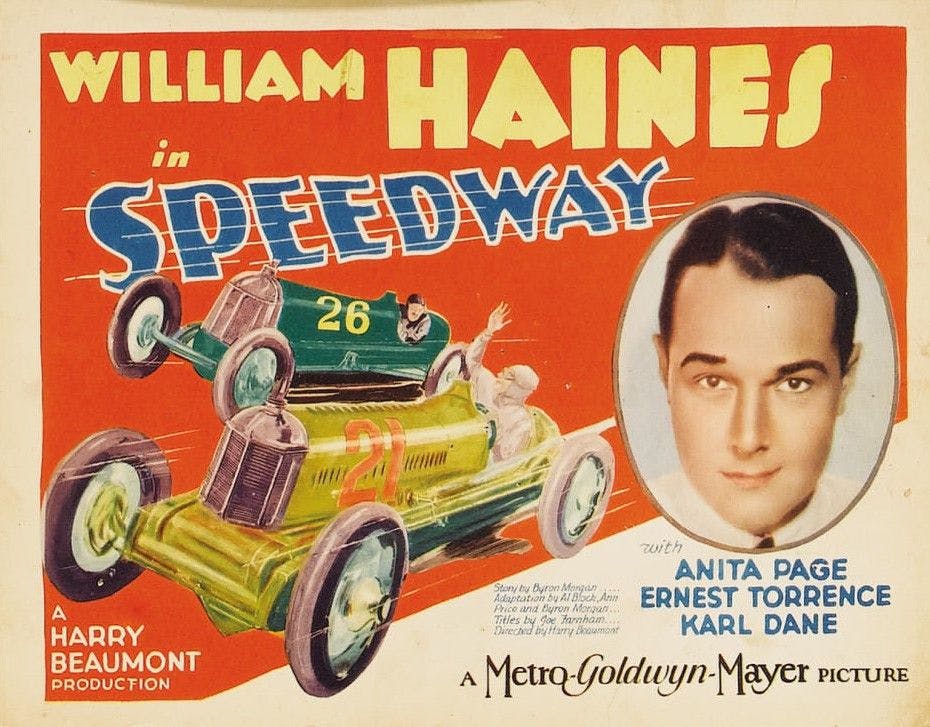
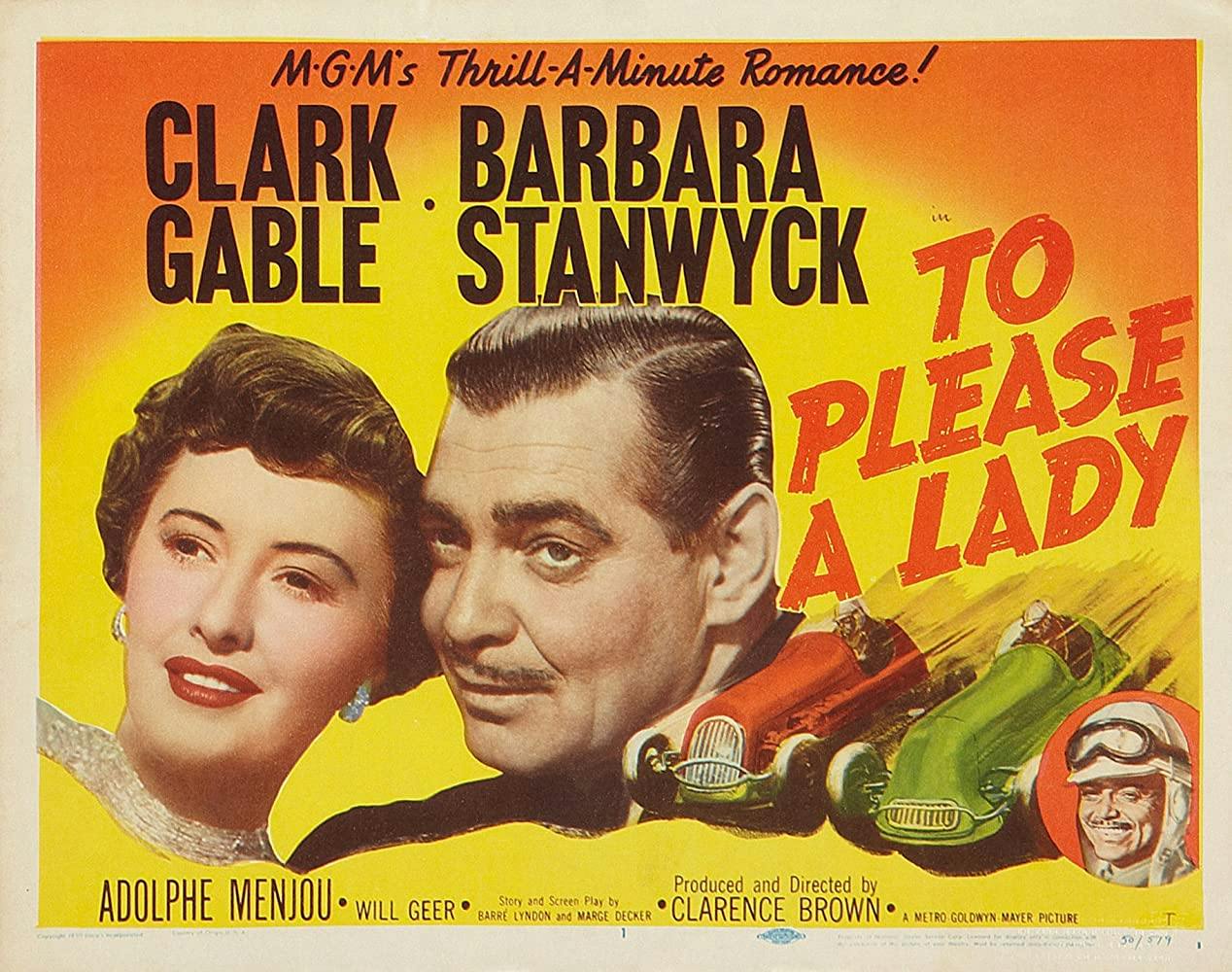
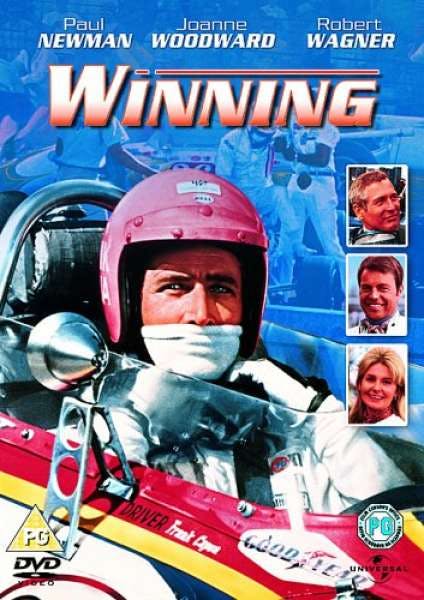
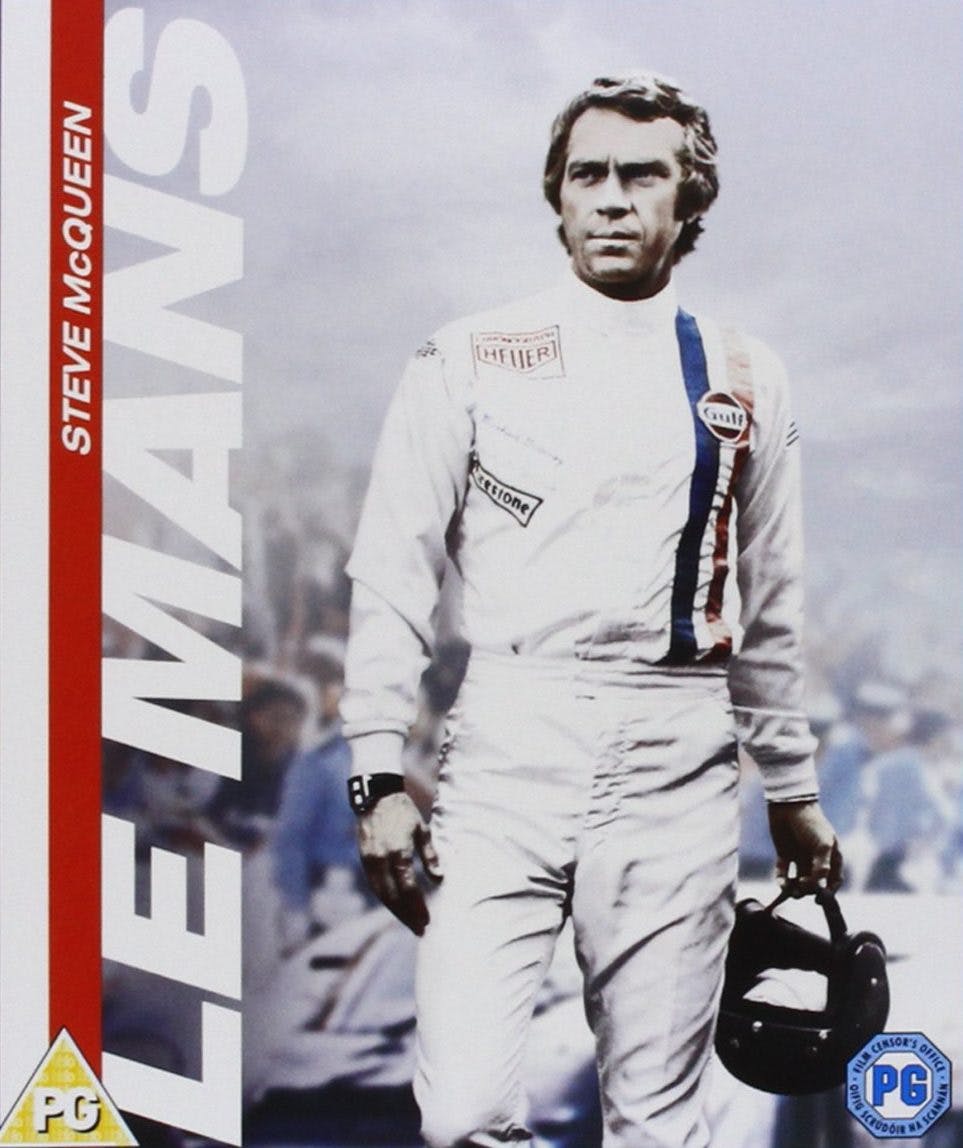
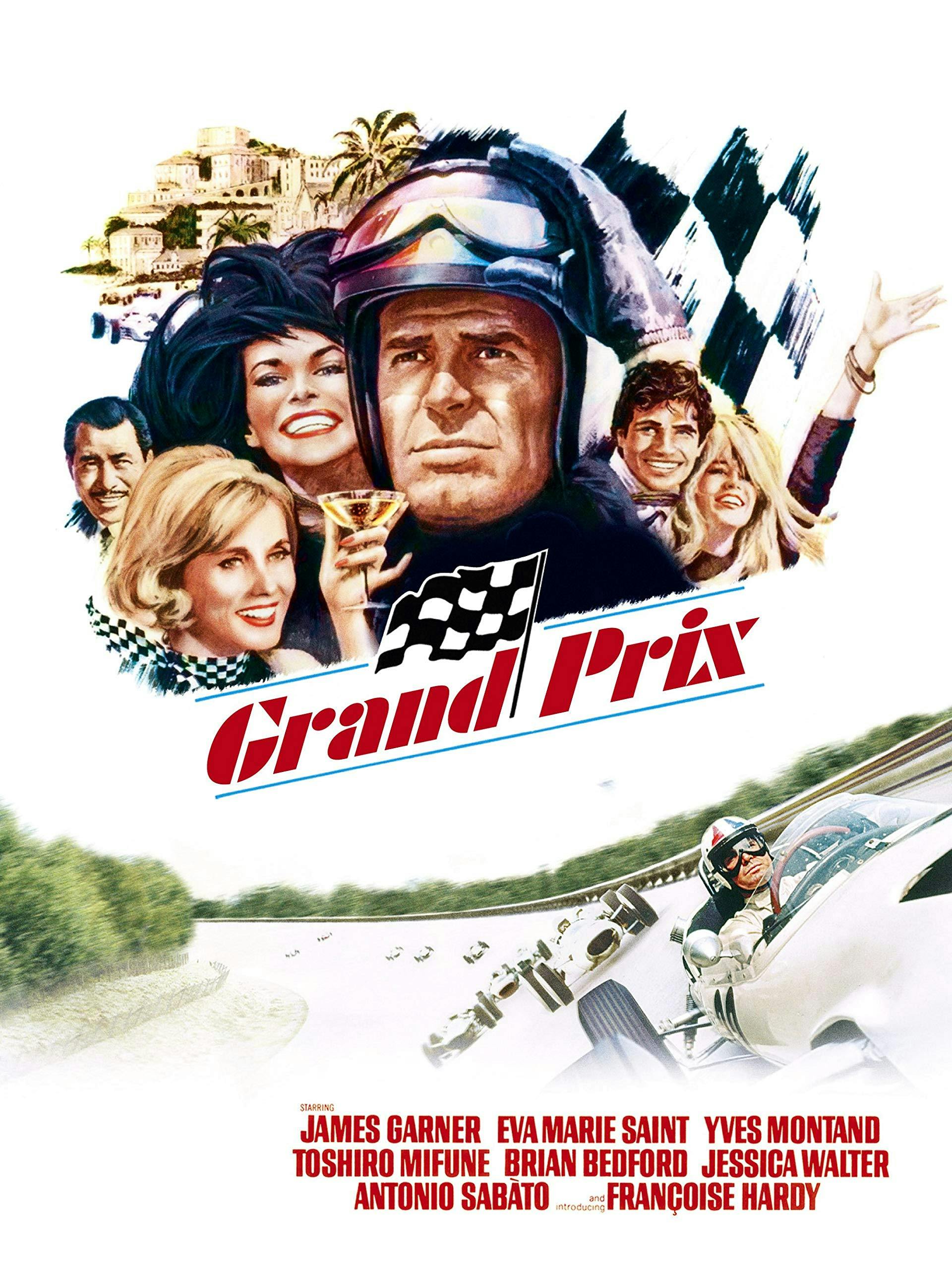


Very interesting articles. Lots of movies to look up and view. Well done.